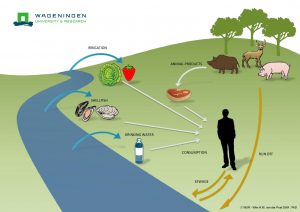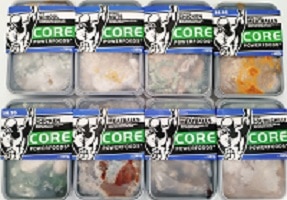I still can’t believe I get quoted on average once a day in the weirdest places.
 Guess we did some neat work over the years.
Guess we did some neat work over the years.
The introduction of a new technology, such as a human enhancement technology, may induce apprehension and concern among the general public. Social media enable individuals to find information and share their insights and concerns regarding new technologies. This results in an abundance of viewpoints that guides the individual’s acceptance and decision-making. A relevant question for this special issue is to what extent attitudes toward human enhancement technologies are influenced by online cues that signal the views of other people without obvious relevant expertise, such as online comments (social proof). An online experiment focusing on the enhancement of human health and the functioning of the human body through the application of nanotechnology in food was conducted. The study investigated to what extent social proof impacted views on the application of nanotechnology in food.
The valence of comments on a fake Facebook image with four comments was manipulated (positive, negative, mixed). A representative sample of Dutch Internet users (n = 289) completed the study. Perceptions, feelings, behavior, and information need were measured. Results showed that comment valence had a significant effect on risk perception, benefit perception and attitude: the more positive the comments read by the participants, the lower risk perception, the higher benefit perception and the more positive the attitude toward nanodesigned food. Significant interaction effects of initial feelings of dread and comment valence were further found for risk perception and willingness to buy. In contrast, there were no significant interactions of initial feelings of optimism and comment valence. Implications for risk communication regarding human enhancement technologies are discussed.
Risk and benefit perceptions of human enhancement technologies: The effects of Facebook comments on the acceptance of nanodesigned food
Human Behavior and Emerging Technologies
Margot Kuttschreuter and Femke Hilverda
DOI: 10.1002/hbe2.177
https://onlinelibrary.wiley.com/doi/pdf/10.1002/hbe2.177
Couple of good Brantford,Ontario (that’s in Canada) boys in The Band.
 This means that ingesting raw pork liver could mean you’re ingesting a strain of HEV that’s similar enough to human HEV that it could cause you get infected.
This means that ingesting raw pork liver could mean you’re ingesting a strain of HEV that’s similar enough to human HEV that it could cause you get infected.









